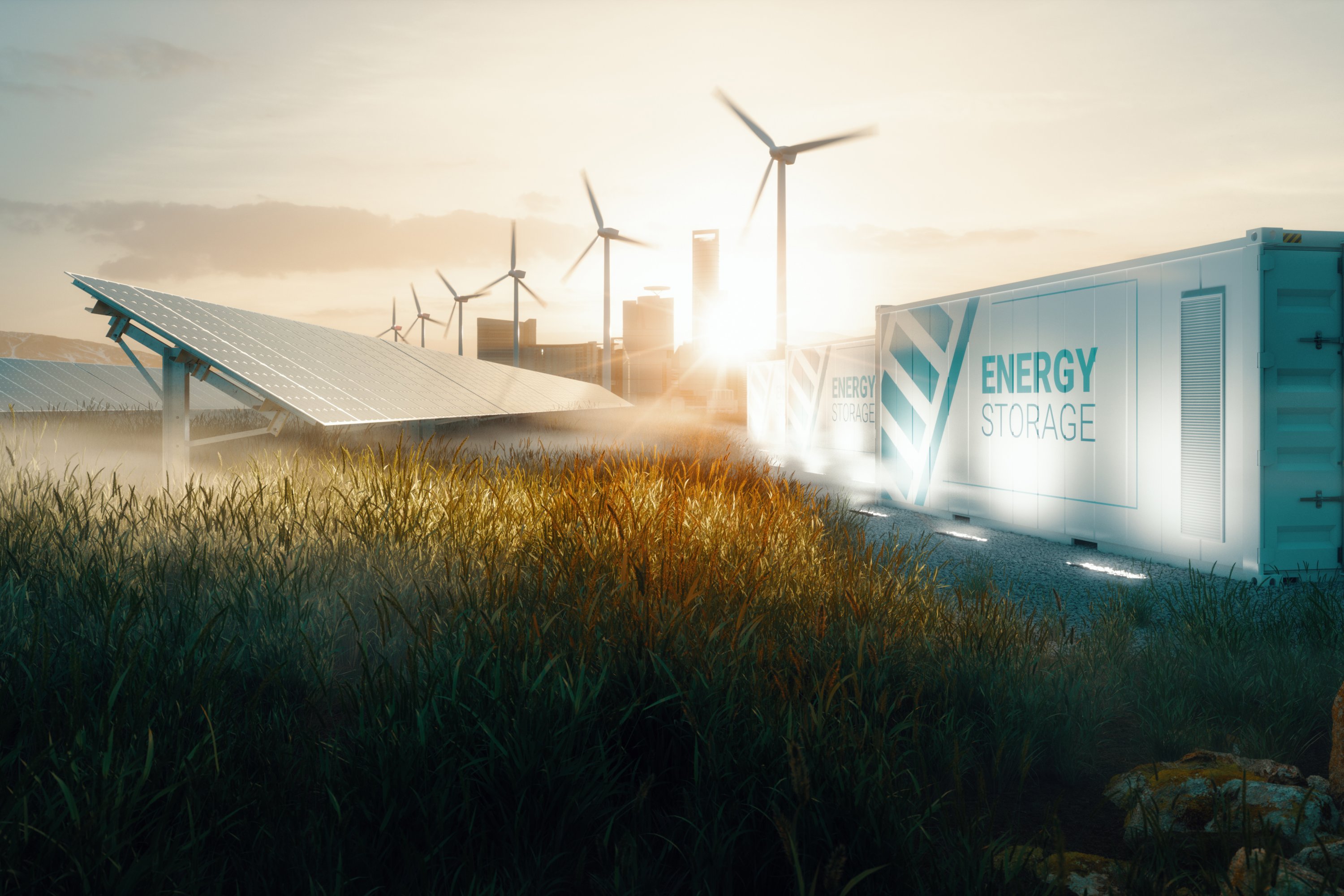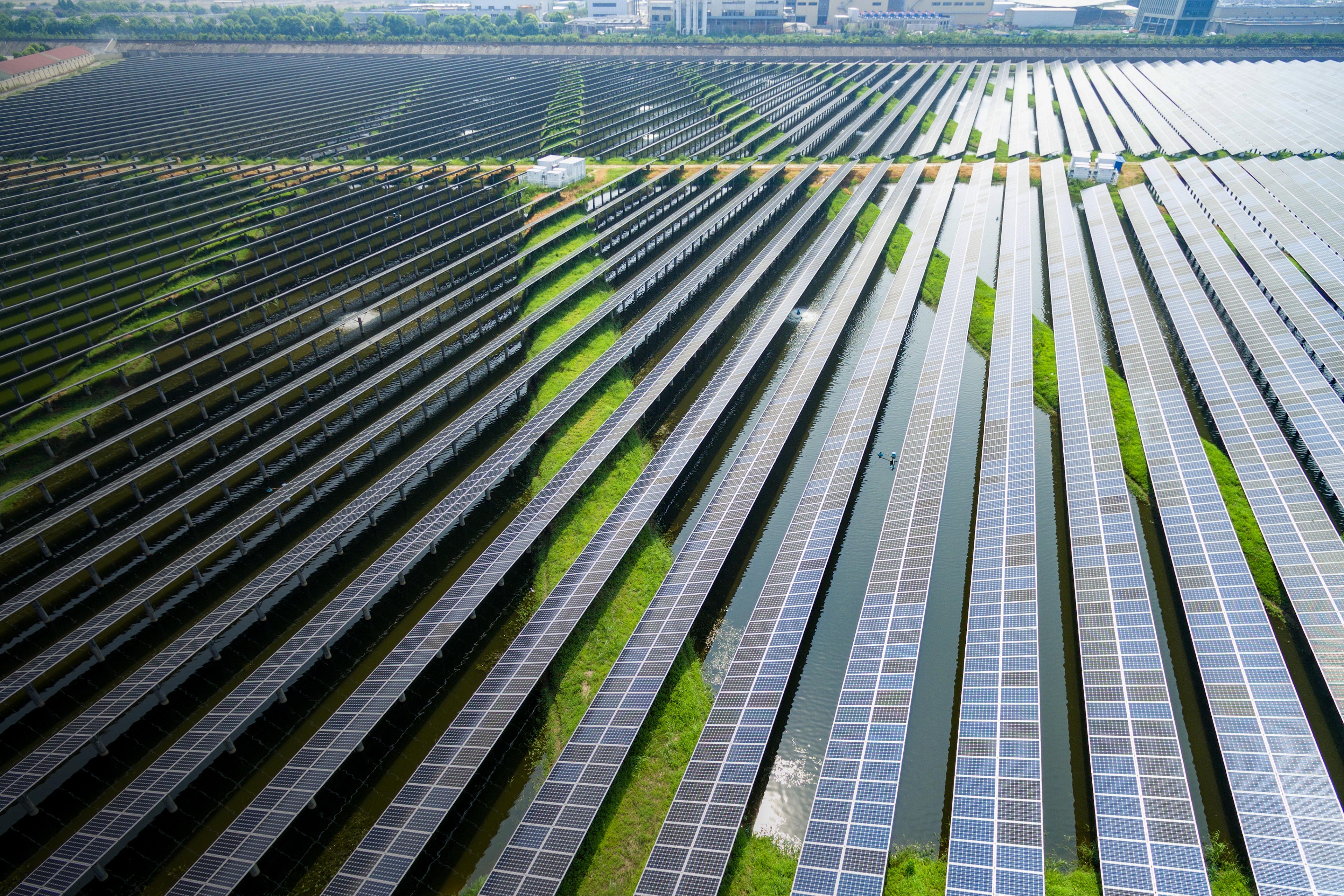Improving the reliability of India’s power grid through innovation and investment in clean energy

Improving the reliability of India’s power grid through innovation and investment in clean energy
The statement by India that it wants to achieve net zero emissions by 2070 and fulfil 50% of its electricity needs from renewable sources by 2030 has been praised and recognized as an important step in the global effort to combat climate change. The government is also playing all of its cards with important policy measures including green hydrogen policy, offshore wind policy, promotion of electric cars, development of a green day-ahead market, and easing of rules for open access to acquire green energy.
However, replacing the country’s enormous reliance on fossil fuels with sustainable energy sources is a process that necessitates significant investment and structural adjustments. Although using fossil fuels helps prevent system failures, doing so merely exacerbates grid dependability issues and disrupts the supply of power, with effects that extend well beyond the energy industry. resulting in a conflict between grid dependability and the pursuit of sustainable energy.
Clean energy requires innovation to lower prices or overcome technological obstacles to maintain grid dependability in situations when a significant portion of electricity is generated by renewable sources. Additionally, to assist India in its transition to net zero, it would need an estimated US$ 10.1 trillion in investment by 2070, according to current projections. A clean energy transition will ultimately prove cost-effective by incentivizing these pillars, as some studies have shown that under a 90 per cent clean-energy scenario in 2035, wholesale electricity costs will be 10% lower than they are today. The importance of these pillars cannot be overstated.
The electricity system will become more resilient, reliable, and redundant in the face of catastrophic weather events if further investments are made in distributed energy sources like rooftop solar and battery storage. It will also lessen the load exerted on the system during energy emergencies, assisting in preventing future power outages and bringing down consumer electricity rates.
Investments in decarbonization can boost grid stability and resilience right away in addition to reducing some of the consequences of climate change. On the other end of the spectrum, well-designed enlarged microgrids and improved interconnections might potentially significantly improve the grid’s equity. Since more people would have access to cheaper, cleaner renewable energy as a result of a well-connected grid, the heavy weight of energy poverty that affects over one-third of Indian families will be lessened.

Furthermore, the development of clean microgrids will enable them to explore cleaner, more dependable energy sources including microgrids, distributed energy resources, and energy storage. Importantly, these investments and clean energy breakthroughs will allow the Indian power system to consistently fulfil electricity demand, reduce and better adapt to the effects of climate change, and give customers access to less expensive, pollution-free types of electricity generation.
Indian energy users used to experience lengthy and frequent power outages in all of the country’s states not so long ago. People used to organize their daily or weekly routines around their distribution company’s load-shedding calendar since it happened so frequently and at pre-determined periods for planned power supply cutoffs. This drastically altered a few years ago when the peak demand shortfall dropped from a high of 16.6% in 2007 to a low of 0.8%, partly as a consequence of private sector investment in the infrastructure for power generation (mostly coal-based capacity).
The frequency of scheduled outages or interruptions that consumers must endure did not entirely reduce, even after India was designated a country with a power surplus. Due to the addition of new capacity, the supply of energy now more closely matches the demand, however, the necessary investments in suitable distribution infrastructure were not made. In other words, the peri-urban and rural areas still have issues with our electric grid’s dependability. The opportunity this gives to pave the path for the energy transition to a cleaner and the more egalitarian system should also be taken into consideration.
A highly dependable grid can have positive effects on future economic growth. This article is the first in a series on the dependability of India’s electric grid. Today, we start by examining the causes of the nation’s persistently low dependability. The two papers that will come after this one will first analyze the overall effects of increased dependability on India’s climate action planning before making suggestions for new regulatory strategies to address reliability issues.
The reality of power grid reliability versus directives

A regional transmission organisation in the eastern United States, ISO New England, defines reliability as “the electricity you need at the right time.” Therefore, end-use consumption should not be impacted by the absence of electricity generation and procurement (generation and transmission) or by disruptions in the local distribution system. It is important to note that this does not mean that massive public expenditures on achieving 100% reliability through multiple levels of redundancy are desirable from a societal cost-benefit perspective.
As a result, from two different yet linked perspectives, policymakers and regulators have defined the essential conditions for a dependable grid. The end-users may get the desired degree of dependability at a price that they—society as a whole—are ready to pay if both of these requirements—those to be met by the generating, transmission, and system operators, and the distribution utilities—are satisfied.
Reliability is envisioned in the National Electricity Policy, which was released in 2005 by the Indian Ministry of Power. To maintain grid security as well as the calibre and dependability of the power supply, it recommends establishing enough reserve capacity margins and a spinning reserve of at least 5% at the national level. Regulations require state regulators to specify standards for power supply reliability and quality. State regulators are instructed by the National Electricity Policy to develop a roadmap for improving a distribution utility’s reliability index (which should be calculated and monitored for each city and town).

As part of the Indian Electricity Grid Code Regulations, 2010, various persons and participants are required to follow a set of rules, guidelines, and standards for the planning, development, maintenance, and operation of the electricity grid system in a secure, reliable, economical, and efficient manner. This regulation applies to bulk power supply systems.
To guarantee a basic level of service for the delivery of energy to end users, the Ministry of Power most recently published the Electricity Right of Power Consumers Rules, 2020. According to this regulation, state electrical regulatory commissions must create precise instructions for discoms to follow to maintain a 24/7 dependable distribution system. Additionally, it instructs SERCs to provide elaborate performance measurement procedures for discoms and adequate customer compensation in the event of non-performance.
The bulk power system’s dependability has increased as a result of these regulations and inspections, but not the distribution network. It implies that, notwithstanding the rarity of regional, widespread blackouts, end users—particularly those in rural and peri-urban areas—are nonetheless often and intermittently without electricity. India is ranked 108th out of 141 nations in the World Bank’s 2019 Global Competitiveness Report for the reliability of its energy supply.
Missing links

It is unclear why, in light of these directions, the discoms do not plan and fund the necessary actions to increase the dependability of their networks. What prevents them from installing affordable, clean, and distributed energy resources closer to the consumer’s point of use, which would enable them to satisfy their performance standards?
One may contend that this apathy is in part caused by a lack of regulatory will to sanction discoms for failing to adhere to the rules. This may be due in part to a lack of public pressure: There is little hope that discoms will truly increase dependability for all customers given how much of the costs of reliability consumers have internalized over time.
The perpetually weak financial condition of the discoms prevents them from making new investments, which they probably believe will only have marginally beneficial effects. This is the third and most important reason, and it is certainly the most important one overall. However, they have the right to get a regulated return on equity for their investment, which reliability-related assets would be. The incentive to generate returns on capital expenditures is only sound in principle, though, because of weak balance sheets and tariffs that don’t reflect the cost of services.
Other alternatives can fill this gap in the practical world. They could involve promoting investments in cleaner energy solutions that are more widely dispersed, including rooftop PV and storage on a few feeders with below-average dependability. A more extensive and expensive sub-distribution system strengthening might be replaced by this. In general, using non-wires alternatives can be a clean, economical, and effective way to increase dependability.
Regulators from all across the world are evaluating non-wires solutions to address the regional issues of grid equality, flexibility, and resilience. Local non-wires solutions might also aid in resolving the dependability issue in the Indian setting. By cutting emissions from diesel backup generators and fostering a cleaner, more egalitarian grid, this strategy can help ratepayers save money while simultaneously quickening the speed of the energy transition. Since the installation and performance of such resources are more stable and reliable than conventional grid-based solutions, these solutions can be implemented at lower costs—the cost of distributed clean energy resources has decreased significantly over the last few years, while the cost of traditional solutions is increasing—and with lower risks.
Regulators must actively participate for such to occur. That goes beyond establishing standards and encouraging discoms to investigate other options (which we’ll cover in the following article in this series).
Conclusion

It is time for the country to make a joint decision in favour of clean energy and a dependable electrical system to get closer to achieving net zero and becoming a world leader in the field of renewable energy. With 1.3 billion people and a sizable emerging economy, India’s objectives for clean energy adaptation and mitigation will not only help us cut our carbon emissions, but will also give us more stable and dependable electrical distribution.
The government’s investment in flagship programs demonstrates its dedication to bringing dependability to the electricity grid system at every level and allowing India to develop, industrialize, and offer a better, decarbonized way of life.
edited and proofread by nikita sharma




